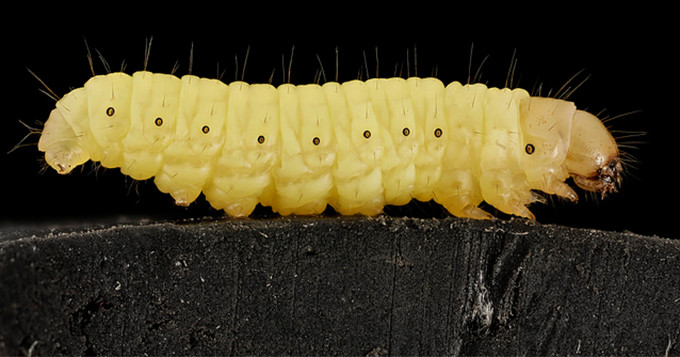
Altmetric’s High 5 – Extraordinary Claims Require Extraordinary Evidence (April 2017)
Welcome to the Altmetric High Five in association with the Science Council. On a monthly basis, the High Five posts examine a selection of the most popular research outputs Altmetric has seen attention for that month.
The original post can be found on the Altmetric blog. Links to all papers included can be found in the Reference section at the end.
1. Artificial wombs

Image credit: Children’s Hospital of Philadelphia / Nature Communications
Our first High Five paper is “An extra-uterine system to physiologically support the extreme premature lamb,” published in Nature Communications this month.
You might have seen a viral video circling around social media this month with headlines such as “lamb being grown inside a plastic bag,” based on this study. The reality isn’t quite so macabre, but has applications in premature birth. The article describes “the development of a system that incorporates a pumpless oxygenator circuit connected to the fetus of a lamb via an umbilical cord interface that is maintained within a closed ‘amniotic fluid’ circuit that closely reproduces the environment of the womb.”
Nearly 350 news outlets covered the study. The Washington Post headlined, “This plastic bag, an artificial womb, could some day save extreme preemies.”
2. Worms that eat plastic

Image credit: Wayne Boo/USGS Bee Inventory and Monitoring Lab
Our next High Five paper is “Polyethylene bio-degradation by caterpillars of the wax moth Galleria mellonella,” published in Current Biology in April, 2017. The short study reports the “fast bio-degradation” of a biodegradable plastic, polyethylene, by larvae of the wax moth Galleria mellonella.
Over 200 news outlets covered the study, with headlines such as “The Lowly Wax Worm May Hold The Key To Biodegrading Plastic.”
3. Re-thinking dinosaur origins

Image: A reconstruction of T. rhadinus feasting on a relative of early mammals. Credit: Natural History Museum, London, artwork by Mark Witton
Our third High Five paper is “The earliest bird-line archosaurs and the assembly of the dinosaur body plan,” published in Nature this month. The study describes a new clade of early dinosaur relatives that may better model the origin of dinosaurian features. Dinosaurs belonged to a larger group of organisms called archosaurs, which millions of years ago split into two branches: crocodilians, and the group we are familiar with today as including both dinosaurs and birds.
Nearly 200 news outlets covered the study. The Washington Post headlined, “Dinosaurs’ oldest-known relative had a surprising appearance.” More specifically, this ancient dinosaur relative “looks surprisingly like a crocodile.”
4. Early humans in North America?

Image credit: Charles R. Knight, AMNH, Wikimedia
Our forth High Five paper is “A 130,000-year-old archaeological site in southern California, USA,” published in Nature this month. The study describes the discovery of an archeological site that is the oldest well-documented site in North America and that “substantially revises the timing of arrival of Homo into the Americas.”
“In an announcement, sure to spark a firestorm of controversy, researchers say they’ve found signs of ancient humans in California between 120,000 and 140,000 years ago—more than a hundred thousand years before humans were thought to exist anywhere in the Americas.” – Michael Greshko, NatGeo
Nearly 200 news outlets covered the study, which also gained lots of attention on Twitter and other social media networks. The study sparked controversy within the scientific community, however, about whether the evidence at the archaeological site actually points to the presence of human ancestors or not.
5. Could life be hiding on Saturn’s moon Enceladus?

Image credit: NASA
Our final High Five paper is “Cassini finds molecular hydrogen in the Enceladus plume: Evidence for hydrothermal processes,” published in Science this month. The study provides exciting evidence of hydrothermal processes on Saturn’s moon Enceladus, and thus potential sources of chemical energy that could sustain life.
Over 160 news outlets covered the study. The Washington Post headlined, “NASA finds ingredients for life spewing out of Saturn’s icy moon Enceladus.”
References:
- An extra-uterine system to physiologically support the extreme premature lamb
- Polyethylene bio-degradation by caterpillars of the wax moth Galleria mellonella
- The earliest bird-line archosaurs and the assembly of the dinosaur body plan
- A 130,000-year-old archaeological site in southern California, USA
- Cassini finds molecular hydrogen in the Enceladus plume: Evidence for hydrothermal processes
